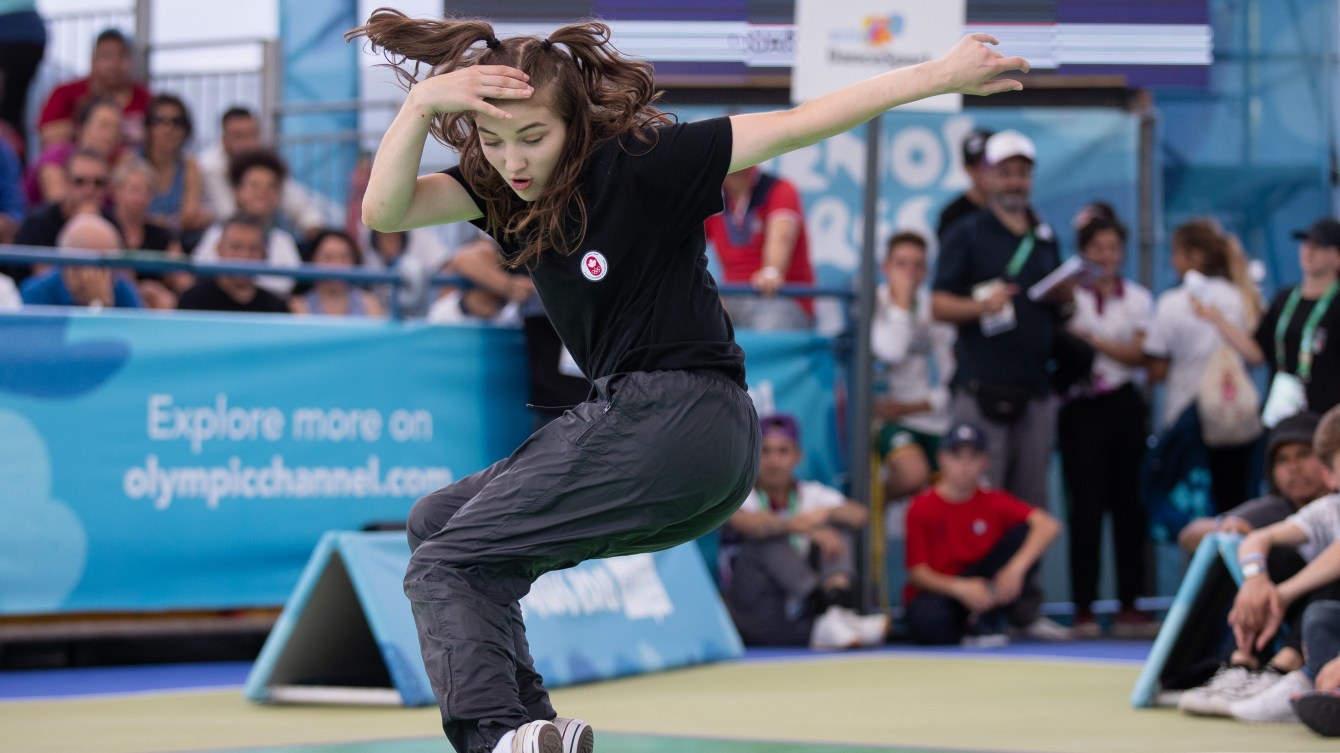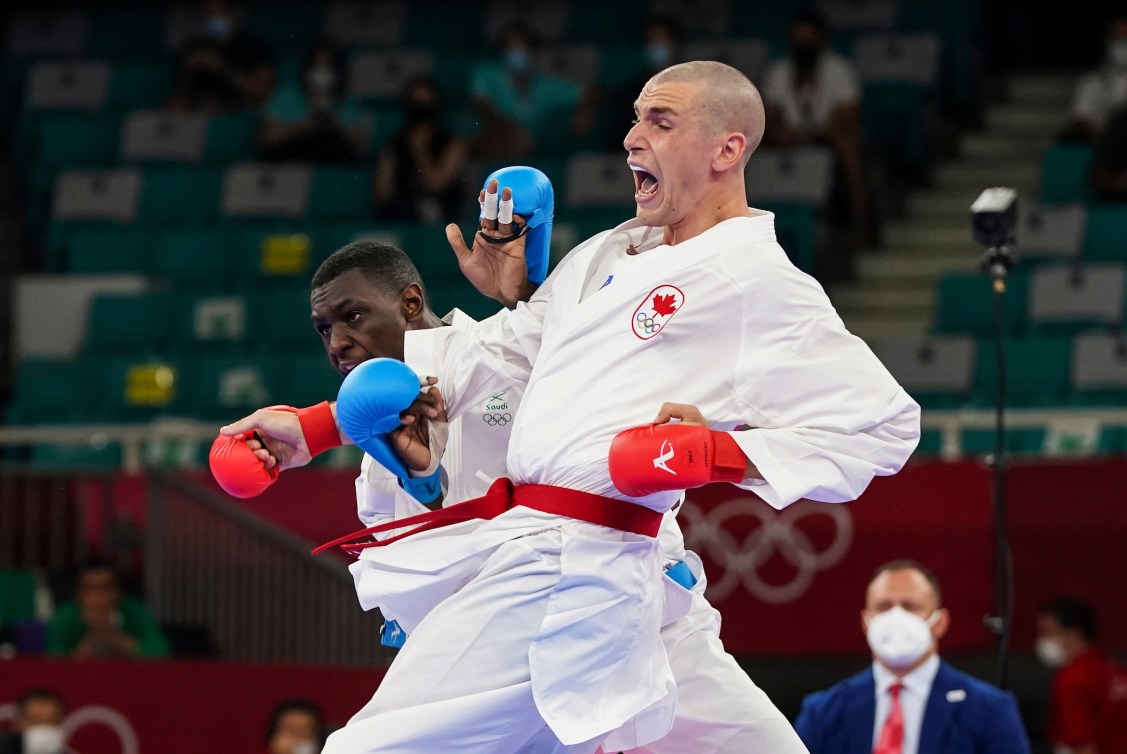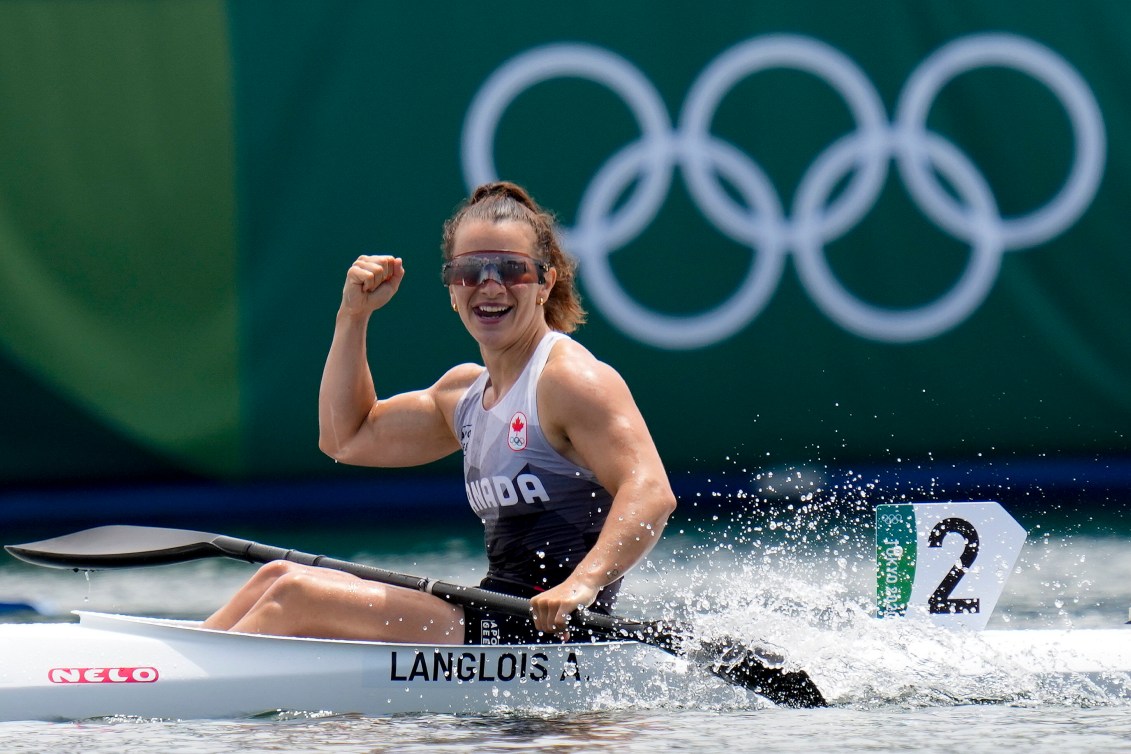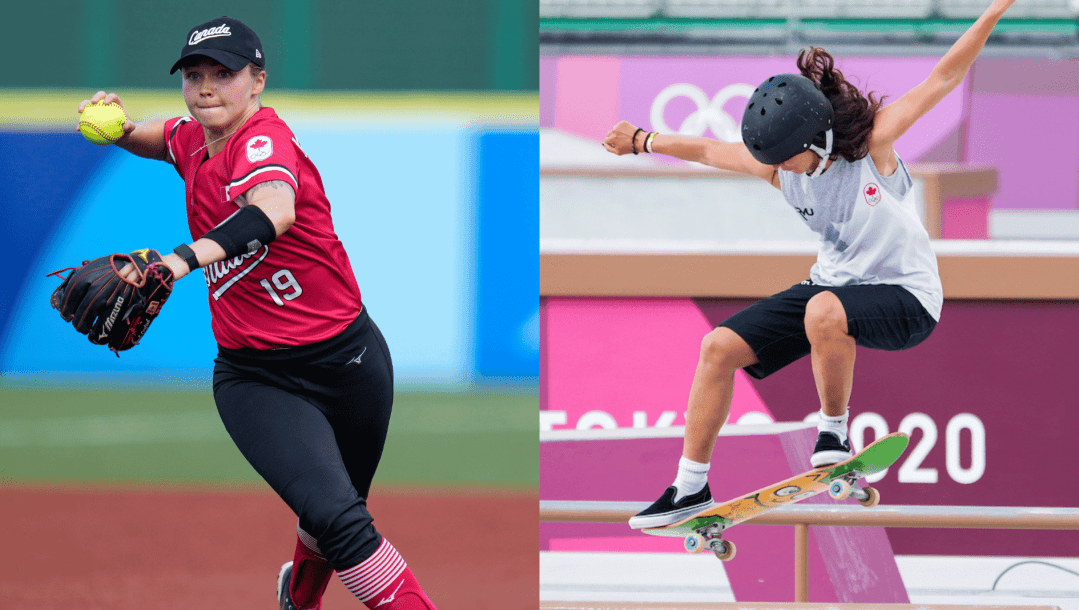How do sports get added to the Olympic Games?
At the first modern Olympic Games in 1896, nine sports were featured, which included 43 different events contested by 241 athletes (all men). In contrast, Paris 2024 will feature 32 sports with 329 events and a total of 10,500 athletes competing (and gender parity between women and men!).
Obviously, a lot about the Olympic program has changed over the century plus of development in sport. There are sports, disciplines, and events that everyone associates with the Olympics, like the marathon, due to their historicity and relationship with the Olympic legacy. But at Tokyo 2020, sports like surfing, skateboarding and sport climbing were introduced to the Olympic program in an attempt to balance history and tradition with innovation and youth. At Paris 2024, breaking will make its debut as an Olympic sport.

So how exactly do new sports get added to the Olympic program?
Before we answer that, let’s take a step back a moment and clarify a few things.
In the Olympic world, a sport is governed by a single international federation. So aquatics, which is governed by World Aquatics, is one sport. But within that are disciplines that most people would commonly refer to as sports – swimming, diving, water polo, artistic swimming. The same thing can be seen on the winter side. Everything under the purview of FIS, the International Ski and Snowboard Federation, is considered one sport. But that includes six different Olympic disciplines – alpine skiing, freestyle skiing, snowboard, cross-country skiing, Nordic combined, and ski jumping.
In 2014, the IOC created the Olympic Agenda 2020 in an effort to safeguard Olympic values and strengthen the role of sport in an ever-changing world. One of the developments from that was OCOGs (Organizing Committees for the Olympic Games) would have the ability to propose new sports for their edition of the Games. The goal was to prioritize youth engagement, gender-balance, and innovation.

Tokyo 2020 was the first OCOG able to take advantage of this development, resulting in baseball/softball returning to the Olympic program and karate, skateboarding, surfing and sport climbing making their Olympic debuts. OCOGs make their proposal four to six years before the Games are scheduled to take place. While OCOGs have the ability to propose additional sports, they do not have the power to remove sports from the Games.
Only sports that adopt and implement the World Anti-Doping Code and have an International Federation can be included on the Olympic program. The proposed program is reviewed by the IOC Olympic Programme Commission, whose responsibilities are to:
- Develop a sporting program that maximizes the popularity of the Games while moderating the cost and complexity of hosting;
- Ensure the Olympic program is relevant to young people while also respecting tradition and history;
- Thoroughly evaluate proposed sports and their International Federations;
- Respect the principles of the Olympic Agenda.
Sports are evaluated based on 35 criteria across five categories:
- Olympic proposal
- Competition format, number of athletes and officials, venues
- Value added to the Olympic movement
- Legacy, interest of youth
- Institutional matters
- Compliance with WADA code, establishment of International Federation, number of world championships held
- Popularity
- Ticket sales and media interest at past world championships, host country population’s investment
- Business model
- Potential costs, targeted additional revenue to Olympics
Once that review is complete, the next step is for the IOC Executive Board to support the proposal and then submit it to the full IOC Session for a final vote. In terms of timelines, Tokyo 2020 submitted its proposal in September 2015 and received approval from the IOC Session in August 2016.

But once a sport is added, that doesn’t mean it has a permanent spot at the Games. For example, softball/baseball and karate were included at Tokyo 2020 but were not proposed for inclusion at Paris 2024. That OCOG decided it wanted to bring back skateboarding, sport climbing, and surfing and additionally proposed for breaking to be added. The proposed inclusions and exclusions are based largely on the popularity and relevance of the sports to the host country.
The other sports you’re used to seeing Games after Games after Games are considered “core sports” and therefore not typically on the chopping block. You’re unlikely to ever see an Olympics without, say, swimming, athletics, or gymnastics, all of which are original sports contested at Athens 1896.
What can change is the event program within those core sports. That is how Paris 2024 will achieve gender parity. Over the last decade or so, the Olympic event programs for summer and winter have been gradually modified to ensure a balance in men’s and women’s events.

For example, as recently as Rio 2016, canoe/kayak sprint featured eight men’s events and just four women’s events, while canoe/kayak slalom had three men’s events and one women’s event. At Tokyo 2020 it was evened out to six sprint events and two slalom events per gender and women were finally permitted to compete in canoeing. There is a further evolution for Paris 2024 as the sprint program has been reduced to five events per gender to allow the exciting kayak cross event to be added to the slalom program for men and women.
READ: Then and Now: Paris 1924 vs Paris 2024
So, that’s how sports get added to the Olympic Games! What sport do you think should be proposed next?


